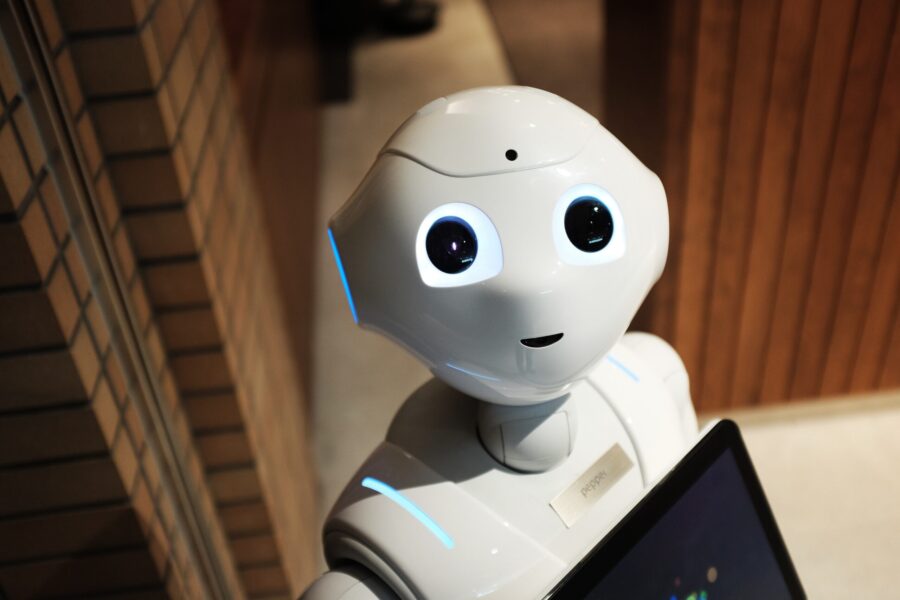

Artificial Intelligence to identify individual birds of same species
 Upper- advanced
Upper- advanced
2020/08/04 20:53
1. plumage (n)
the feathers that cover a bird
2. biodiversity (n)
the number and types of plants and animals that exist in a particular area or in the world generally, or the problem of protecting this
3. ecology (n)
the relationships between the air, land, water, animals, plants.etc., usually of a particular area , or the scientific study of this
4. weavers (n)
a person whose job is weaving cloth and other materials (= making them by crossing threads over and under each other)
5. finches (n)
a small singing bird with a short, wide, pointed beak
6. insights (n)
(the ability to have) a clear, deep, and sometimes sudden understanding of a complicated problem or situation
Artificial Intelligence to identify individual birds of same species

Humans have a hard time identifying individual birds just by looking at the patterns on their plumage. An international study involving scientists from the CNRS, Université de Montpellier and the University of Porto in Portugal, among others, has shown how computers can learn to differentiate individual birds of the same species.
Differentiating between individuals of the same species is essential in the study of wild animals, their processes of adaptation and behaviour. Scientists from the CEFE research centre in Ecology and Evolutionary Ecology (CNRS/ Université de Montpellier/ Université Paul-Valéry-Montpellier/ IRD/ EPHE) and the Research Centre in Biodiversity and Genetic Resources (CIBIO) at Porto University have for the very first time identified individual birds with the help of artificial intelligence technology.
They have developed a technique that enables them to gather a large number of photographs, taken from various angles, of individual birds wearing electronic tags. These images were fed into computers which used deep learning technology to recognise the birds by analysing the photographs. The computers were able to distinguish individual birds according to the patterns on their plumage, something humans can’t do. The technology was able to identify specimens from populations of three different species: sociable weavers, great tits and zebra finches.
This new technique could not only result in a less invasive method of identification but also lead to new insights in ecology, for example, by opening ways of using AI to study animal behaviour in the wild.
Resource: https://www.sciencedaily.com/releases/2020/07/200727114745.htm

- What springs to mind when you hear the term ‘artificial intelligence’?
- What are the good things about artificial intelligence?
- What do you think are the differences between artificial intelligence and human intelligence?
“Artificial intelligence would be the ultimate version of Google. The ultimate search engine that would understand everything on the web. It would understand exactly what you wanted, and it would give you the right thing. We're nowhere near doing that now. However, we can get incrementally closer to that, and that is basically what we work on.”
Larry Page


